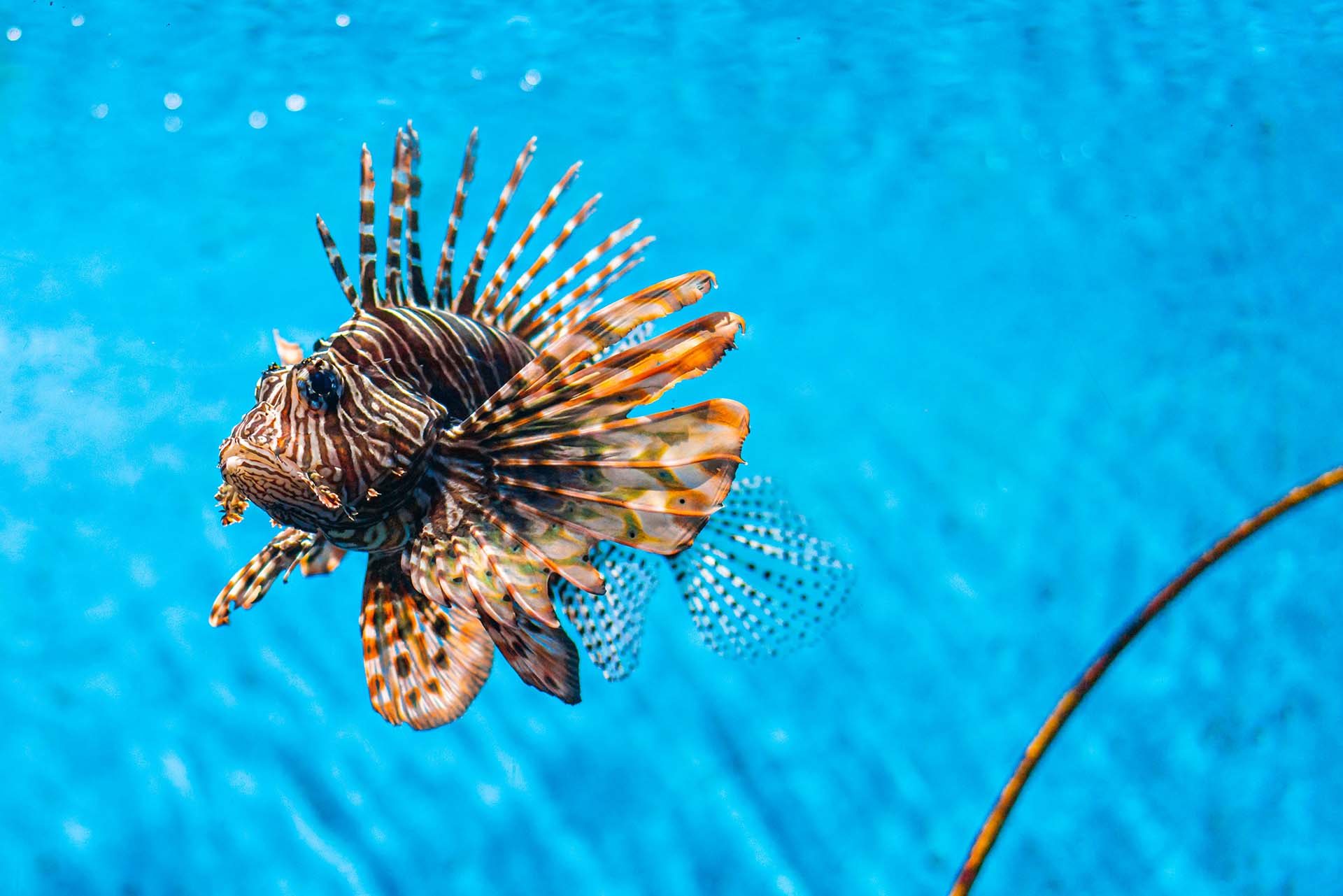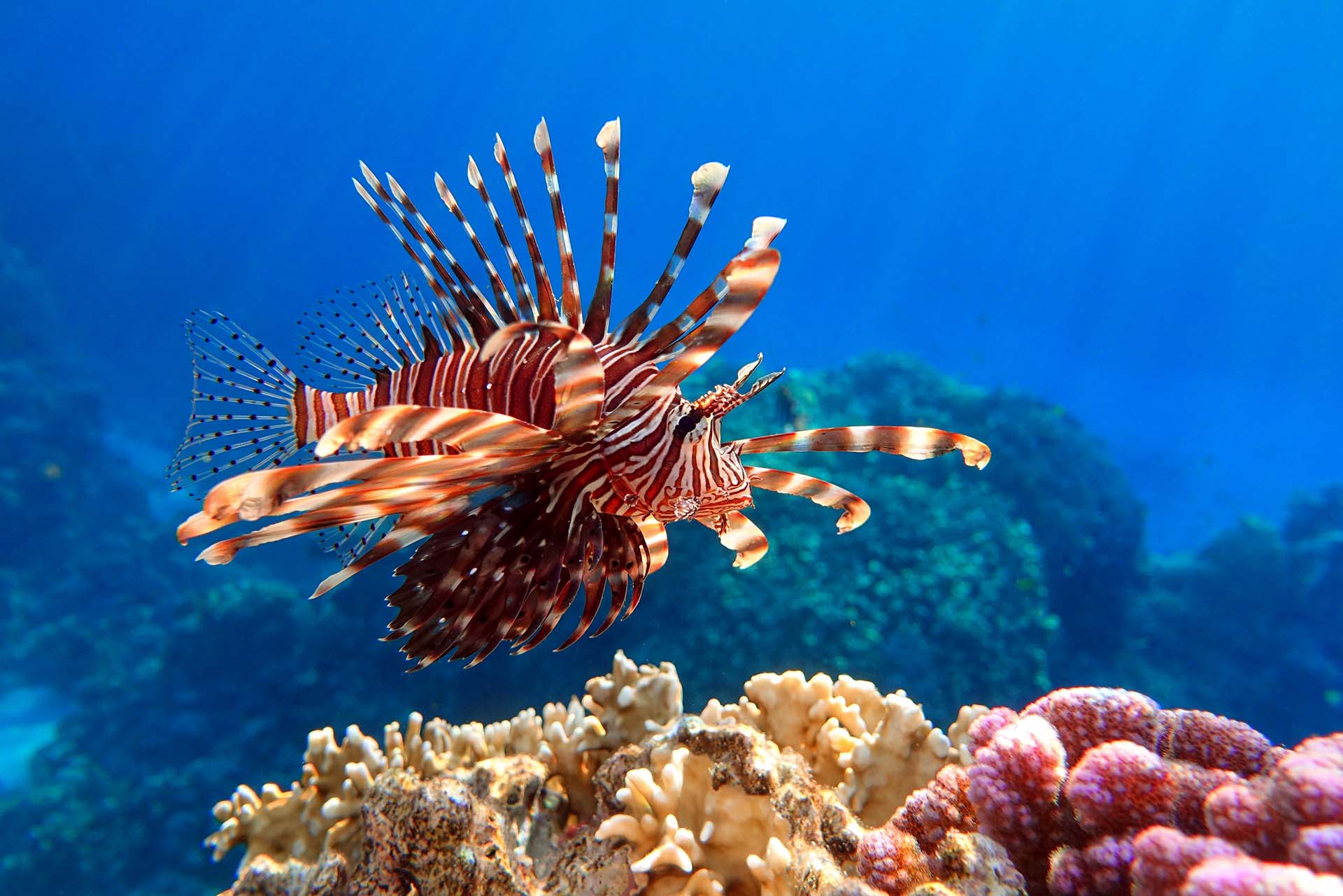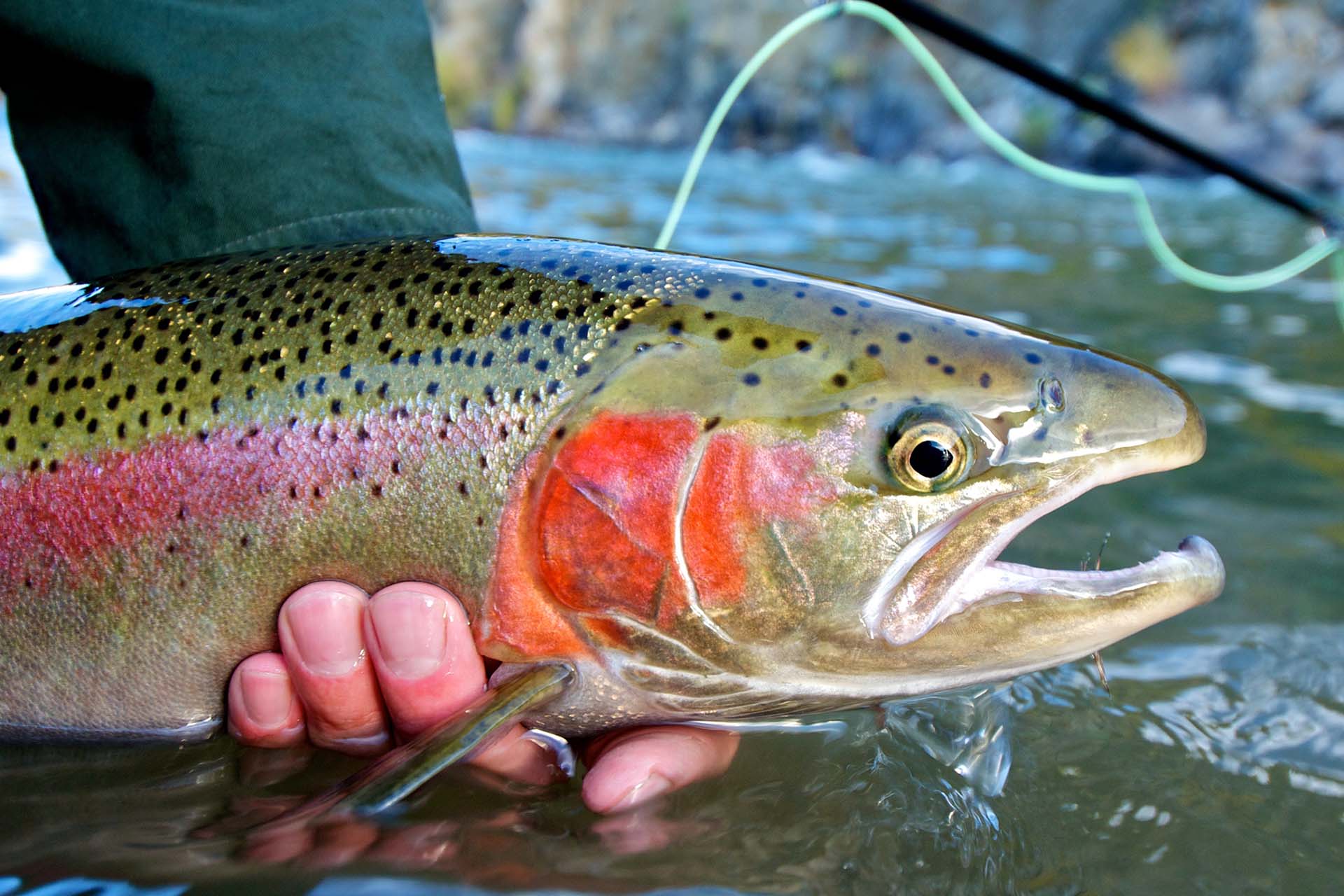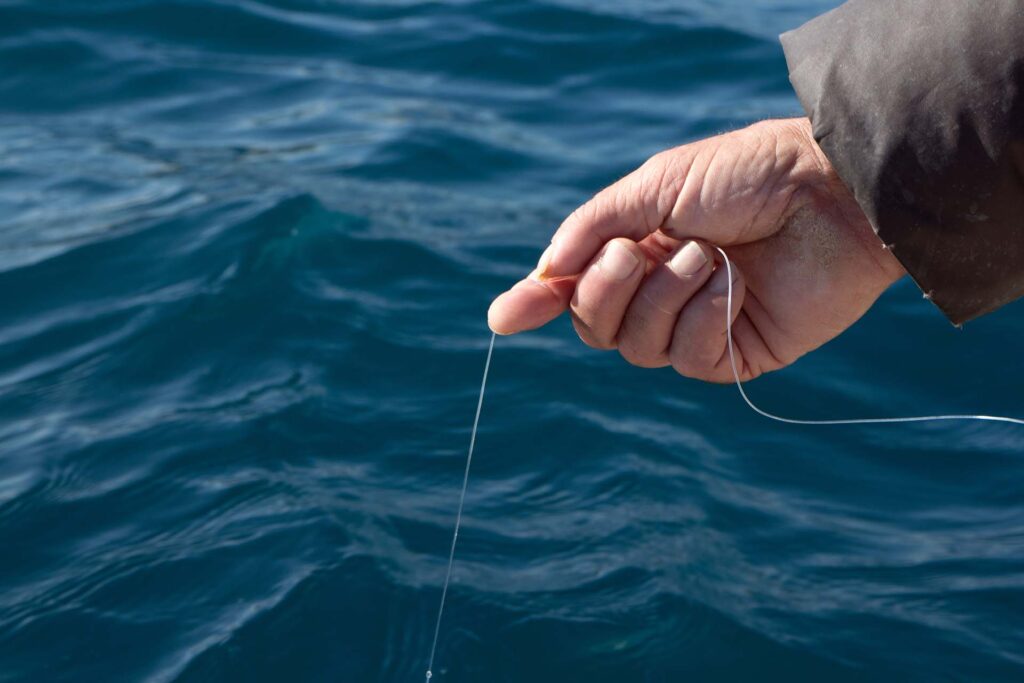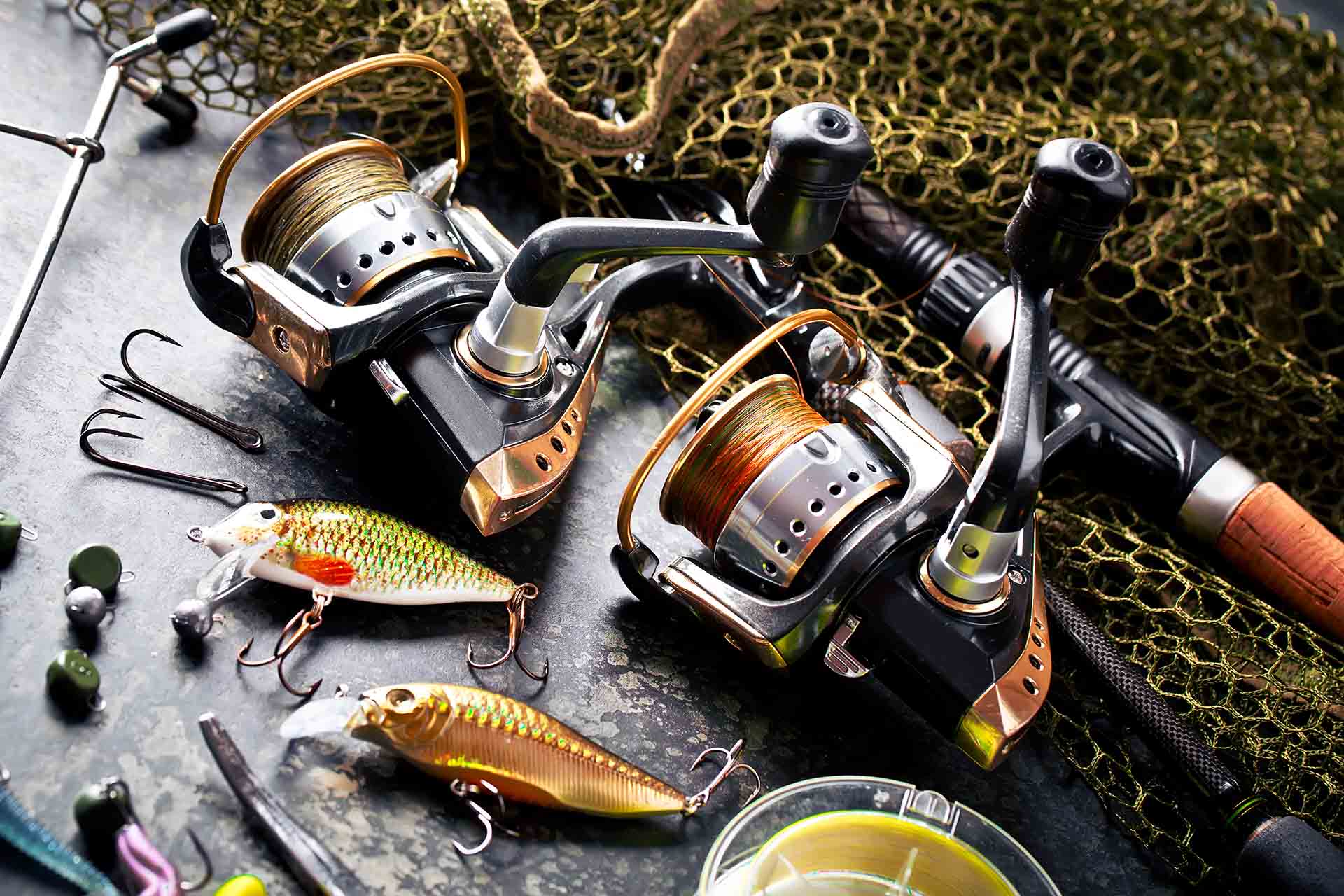Catching lionfish requires both skill and knowledge of effective strategies. In this guide on how to catch lionfish, we will delve into the most effective strategies. Those ranging from specialized spearfishing techniques to innovative traps, all designed to help preserve the balance of our delicate marine ecosystems. These methods will empower you with the knowledge needed to participate in invasive species control while ensuring safety and environmental responsibility.
How to Catch Lionfish?
If you want to know how to catch a lionfish, it’s essential to understand their behavior, habitat, and impact on local marine life. Preparation involves gathering specialized gear, such as spears and protective gloves, and understanding safe handling techniques to avoid their venomous spines.
Spearfishing and trapping are the most effective methods, with spearfishing requiring skill in buoyancy control and precision while trapping offers a safer, scalable option. The best times for fishing are during warmer months in areas like the Caribbean and Eastern Atlantic.
Fishermen play a vital role in controlling the population. Contributing to ecological balance, but must practice responsible fishing to ensure sustainability and minimal environmental impact. Through these combined efforts, the challenge of managing the lionfish invasion can be successfully addressed.
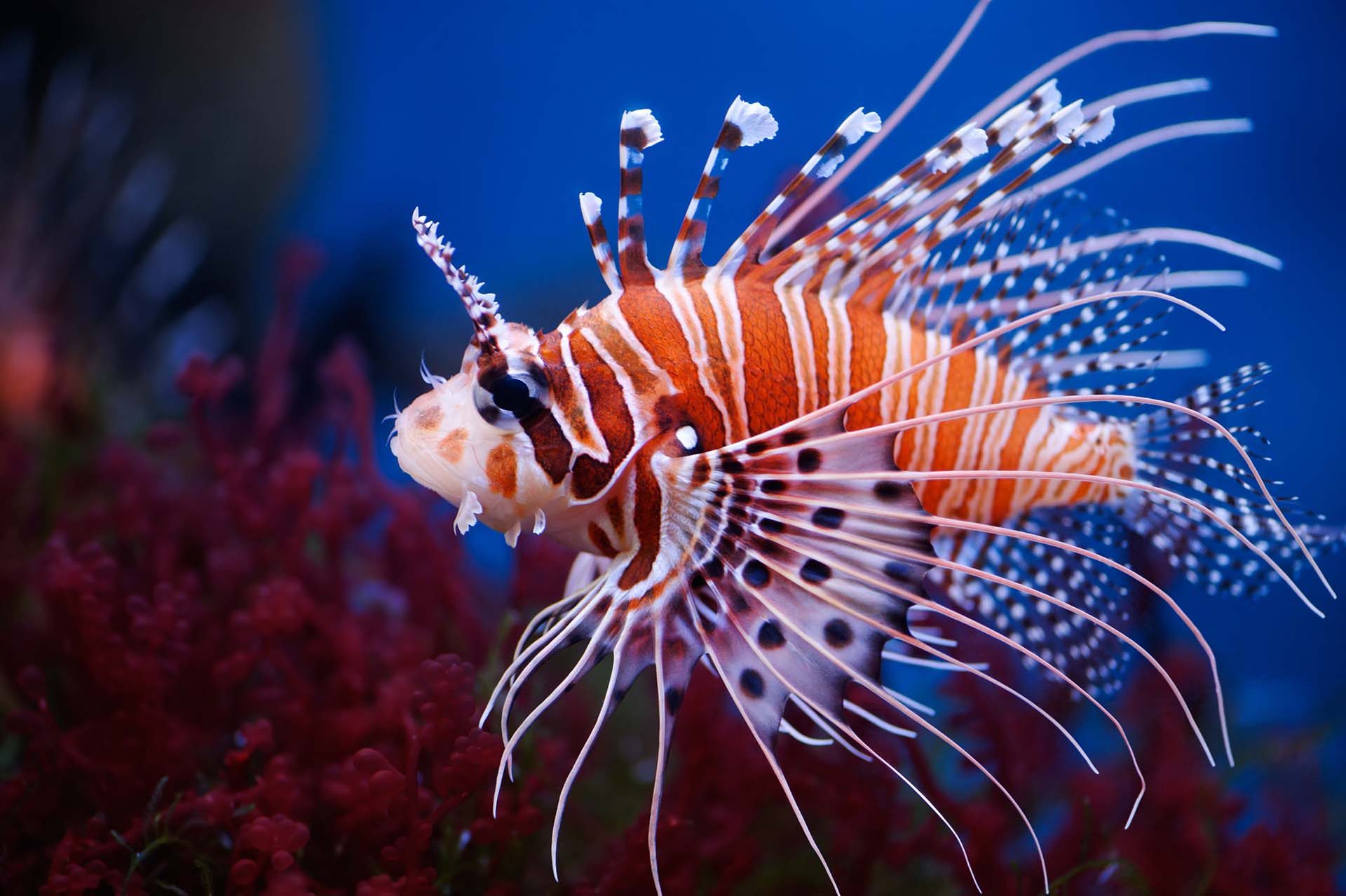
Understanding Lionfish – Behavior and Habitat
Lionfish are a unique and intriguing species known for their striking appearance and predatory behavior. Originating from the Indo-Pacific region, these fish have become infamous for their invasion of non-native waters. Particularly in the Atlantic Ocean, Caribbean Sea, and Mediterranean Sea.
They are distinguished by their bold stripes and an array of venomous spiny fins, which they use for defense. These fish are predominantly nocturnal hunters, preying on small fish and invertebrates, often using their fan-like pectoral fins to corner prey.
The species is adaptable to various marine environments but is commonly found in coral reefs, mangroves, and rocky structures. They can thrive in a wide range of depths, from shallow waters to depths of over 300 feet, exhibiting remarkable versatility in their habitat preferences.
Consider The Invasive Nature
The invasive nature of lionfish has raised significant ecological concerns. Introduced accidentally into non-native waters, they have rapidly proliferated owing to their high reproductive rate, lack of natural predators, and voracious appetite. This invasion has led to drastic impacts on local marine ecosystems.
Lionfish consume large quantities of juvenile and small reef fish, leading to reduced biodiversity and imbalance in the food chain. Their presence has been linked to the decline of economically important species. Including snapper and grouper negatively affect coral reef health by diminishing the populations of herbivorous fish that help control algae growth.
The invasion is not just an ecological problem but also poses challenges to local fisheries and tourism industries.
What are Lionfish Habitats
The specie is typically found in a variety of marine environments, making understanding their habitats crucial for effective management and control. They are commonly located in coral reefs, where they can blend in with the surroundings and ambush prey. Also, they favor artificial structures. For example, shipwrecks and underwater debris which provide ample hiding spots and hunting grounds.
The specie is known to inhabit mangroves and seagrass beds, particularly in the juvenile stages. They are incredibly adaptable and have been found at varying depths, usually between 1 and 300 feet, although they can go deeper.
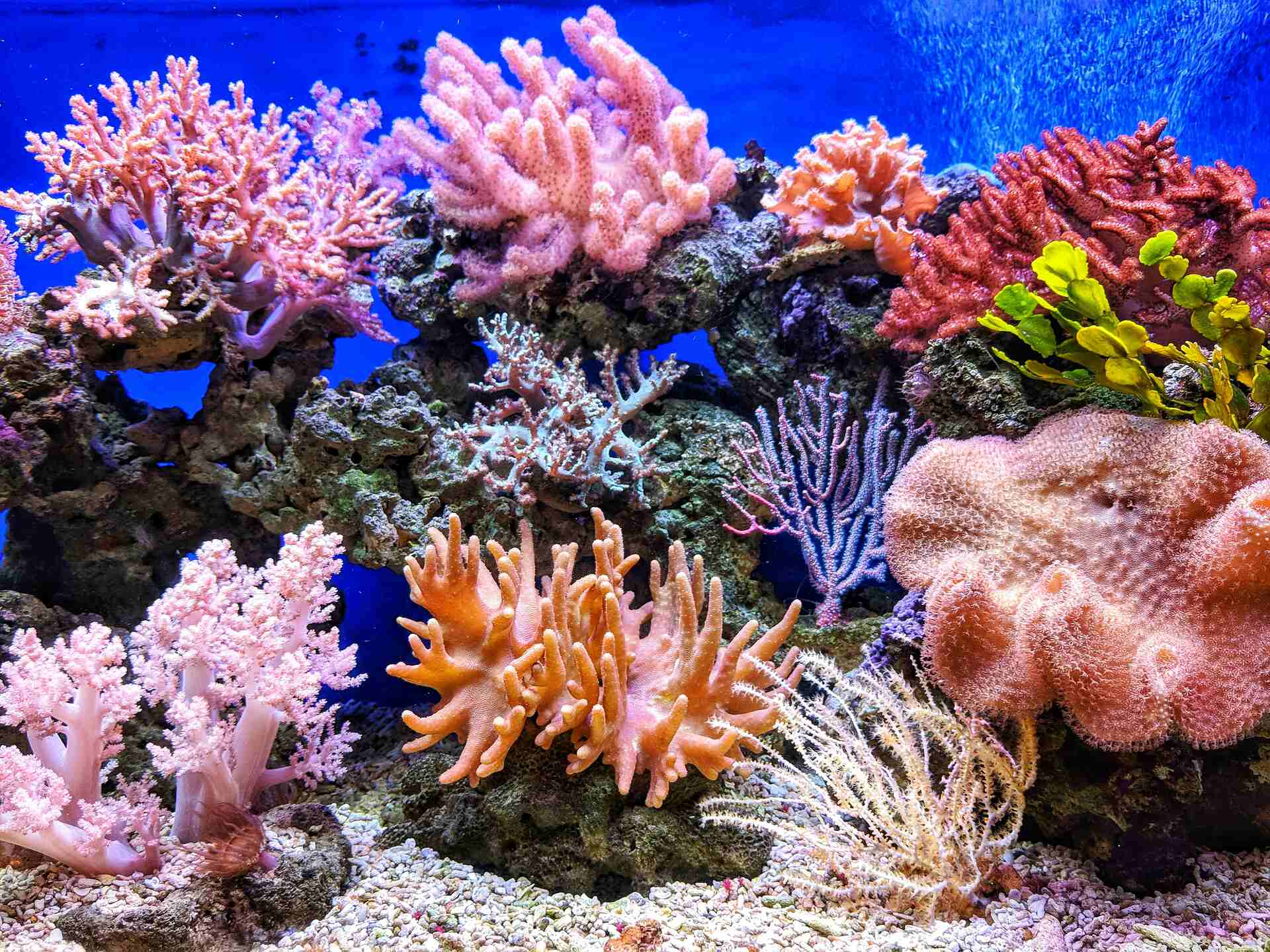
How to Prepare for Lionfish Fishing?
Given these fish’s invasive nature and venomous spines, it’s essential to approach this adventure with appropriate gear and knowledge of safe handling practices. This preparation is key to ensuring both the effectiveness of your angling efforts and your safety.
Gather All the Essential Gear and Equipment
The primary tool for fishing is the specialized spear. Unlike regular spears, these often feature multiple prongs or a paralyzer tip to effectively capture the fish without causing excessive harm to the reef environment. These spears are designed for accuracy and minimal impact, a crucial aspect considering the often fragile ecosystems where lionfish reside.
In addition to spears, protective gloves are a must-have when it comes to safety equipment. Lionfish spines are venomous, and a sting can be extremely painful and potentially dangerous. Gloves made of puncture-resistant material can provide a barrier against accidental stings during venomous fish handling.
Other recommended lionfish hunting gear includes a containment unit, such as a specific collection bag or container. This equipment is designed to safely store lionfish once caught, preventing accidental stings. You should also have a first aid kit specialized for marine stings on your fishing boat, and, if possible, a buddy system for added safety.
Safety Precautions and Handling Techniques – How to Avoid Venomous Spines?
Safety is paramount. The first rule of thumb is to never handle lionfish directly with your hands, even with protective gloves. Always use tools, such as tongs or a spearing device, to handle the fish. Be aware of the location of the venomous spines. They have 18 venomous spines – 13 along the back (dorsal spines), 3 on the pelvic fins, and 2 on the anal fin.
These spines deliver venom when pressure is applied. When spearing lionfish, aim to immobilize the fish without breaking the spines. Once caught, carefully place them in your containment unit. Avoid overcrowding the container, as this can increase the risk of accidental stings.
In the event of a sting, immediate first aid is crucial. The affected area should be immersed in hot water (as hot as can be tolerated) for 30 to 90 minutes to break down the protein-based venom. Medical attention should be sought immediately, especially if there is severe pain, breathing difficulties, or any sign of an allergic reaction.
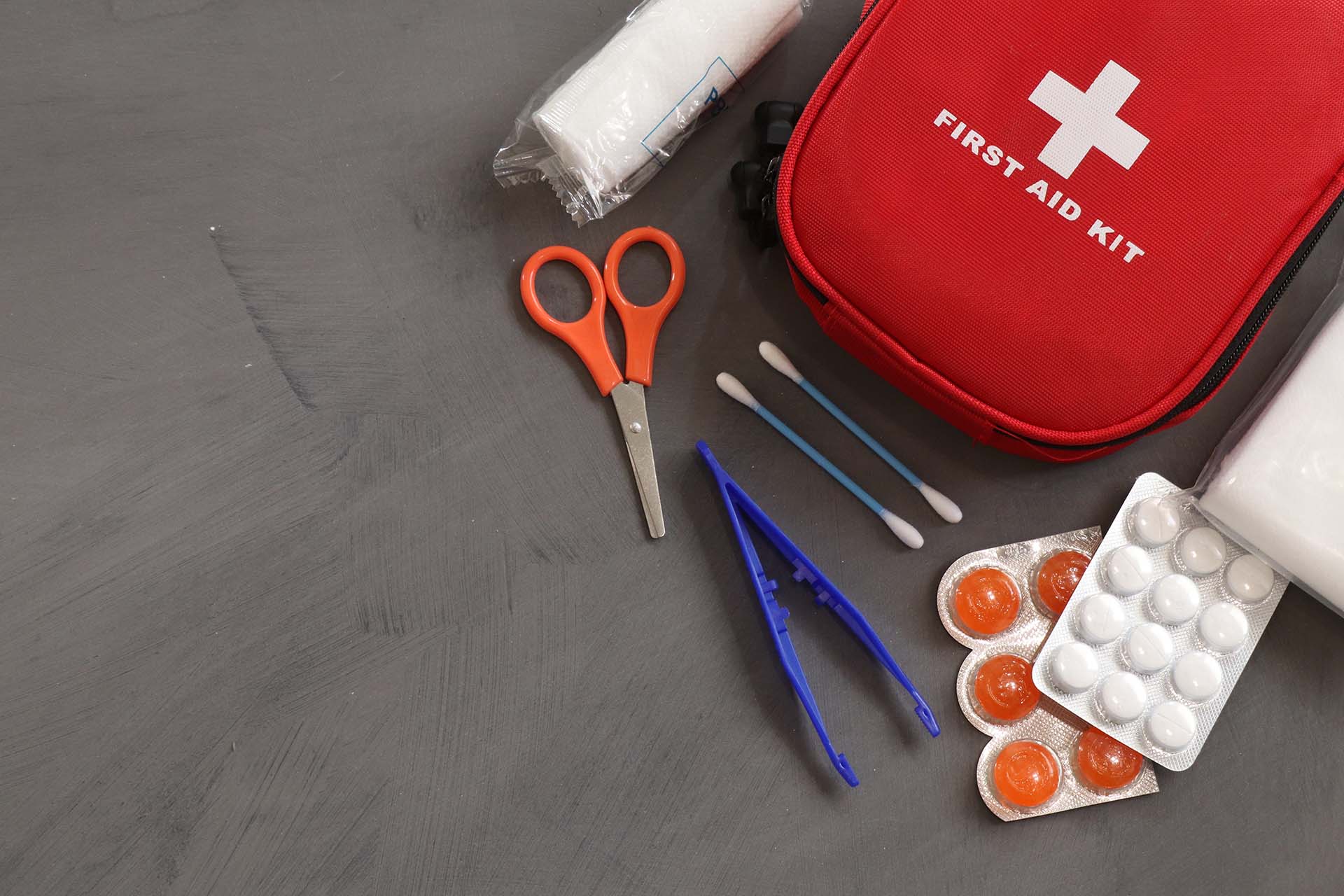
Techniques for Catching Lionfish
Successfully catching an invasive and ecologically disruptive species requires specific techniques and tools. Due to their unique behavior and habitat, conventional fishing styles are often ineffective. Instead, spearfishing and specialized traps have proven to be the most effective strategies.
Spearfishing Techniques – Tips and Strategies for Successful Spearfishing
Spearfishing is a popular method for capturing lionfish. It allows for selective fishing, reducing bycatch and environmental impact. Key tips for successful spearfishing include mastering buoyancy control and moving slowly to avoid startling the fish. Using a pole spear with a paralyzer tip is recommended for precision and safety.
Aim carefully to avoid damaging the reef or causing the fish to release venom. It’s also crucial to maintain a safe distance from the spines during and after the catch. Spearfishing lionfish often requires diving skills, as these fish are commonly found in deeper waters and around complex structures like reefs or shipwrecks.
Using Traps Is Also Effective
Trapping is another effective method, especially in areas where spearfishing is not feasible or for capturing lionfish in deeper waters. The use of traps minimizes the need for divers, making it a safer and more scalable option. The most effective traps are those that mimic natural structures, like reefs, as lionfish tend to seek shelter in such environments.
These traps should have small entrances to prevent larger, non-target species from entering. Baiting is not always necessary, as the structure of the trap itself is often enough to attract this species. However, the fishing bait should be chosen to specifically appeal to lionfish, like small fish or crustaceans. Regular monitoring and maintenance of traps are essential to ensure their effectiveness and to prevent any harm to other marine life.
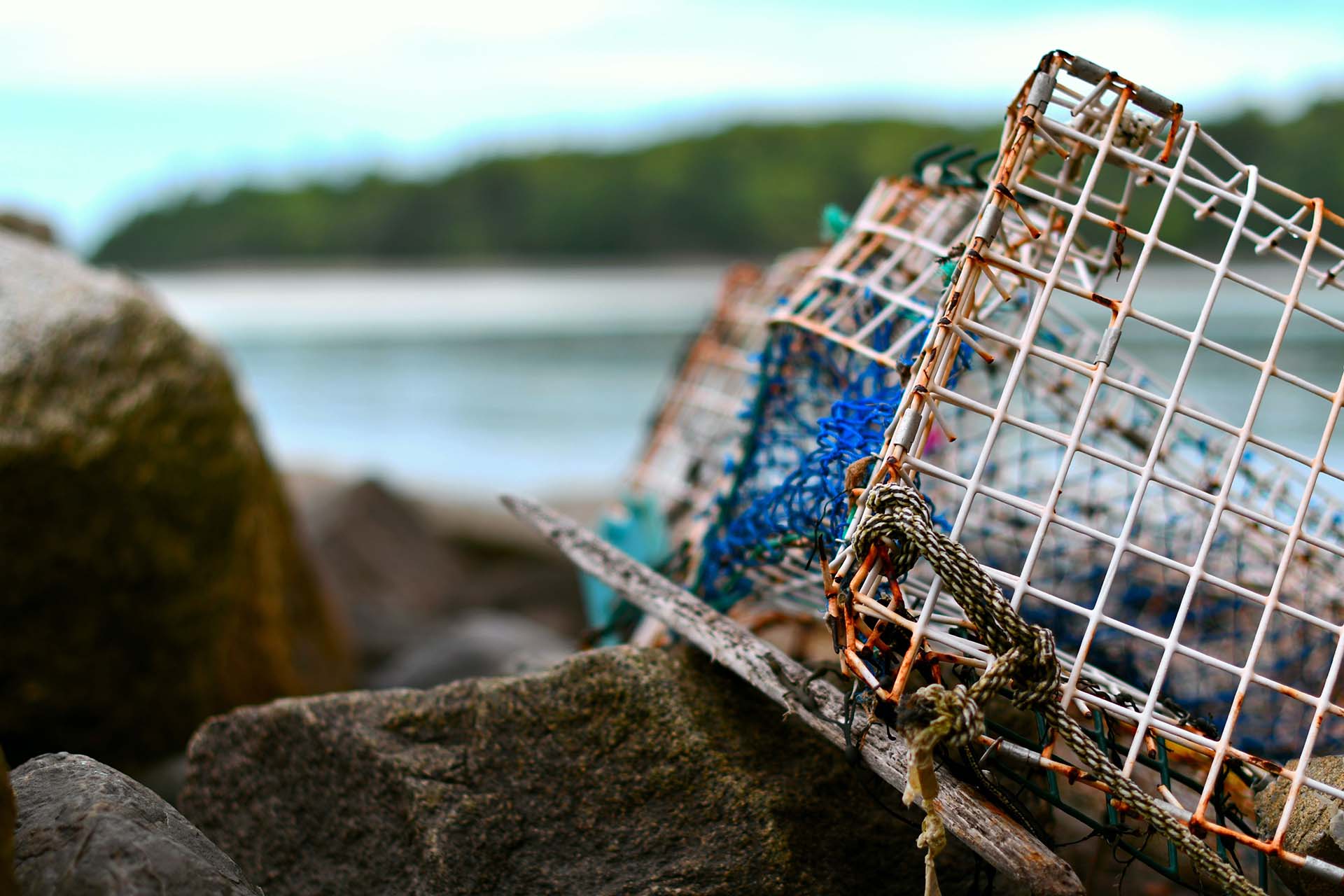
Best Times and Locations for Lionfish Fishing
Effective fishing not only depends on the right techniques and gear but also on understanding when and where to find these invasive predators. Knowing their seasonal patterns and identifying global hotspots can significantly increase the chances of a successful catch.
Seasonal Patterns and Ideal Conditions
The specie is relatively resilient and can be found year-round in warm marine waters. However, they are most actively reproducing and feeding during warmer months, making this period ideal for fishing. In terms of conditions, lionfish prefer calm, clear waters, which aid in their hunting activities.
They are often found in greater numbers around structures such as reefs, shipwrecks, and rocky outcrops. Divers and fishermen should pay attention to water temperatures, as lionfish tend to move to deeper waters when surface temperatures drop. Monitoring these seasonal and environmental patterns can help in planning more effective fishing trips.
Main Hotspots for Lionfish Across the Globe
The Caribbean Sea, Gulf of Mexico, and the Eastern Atlantic, especially along the coastlines of Florida and the Bahamas, are well-known for their lionfish presence. These areas offer numerous opportunities for both recreational and professional fishermen to engage in fishing.
Dive spots around Belize, Honduras, and the Cayman Islands are popular due to their high lionfish densities. The population has been growing in the Mediterranean Sea, particularly along the coastlines of Cyprus and Turkey, marking new frontiers for lionfish fishing. These hotspots are crucial for controlling the population and maintaining marine ecosystem protection.
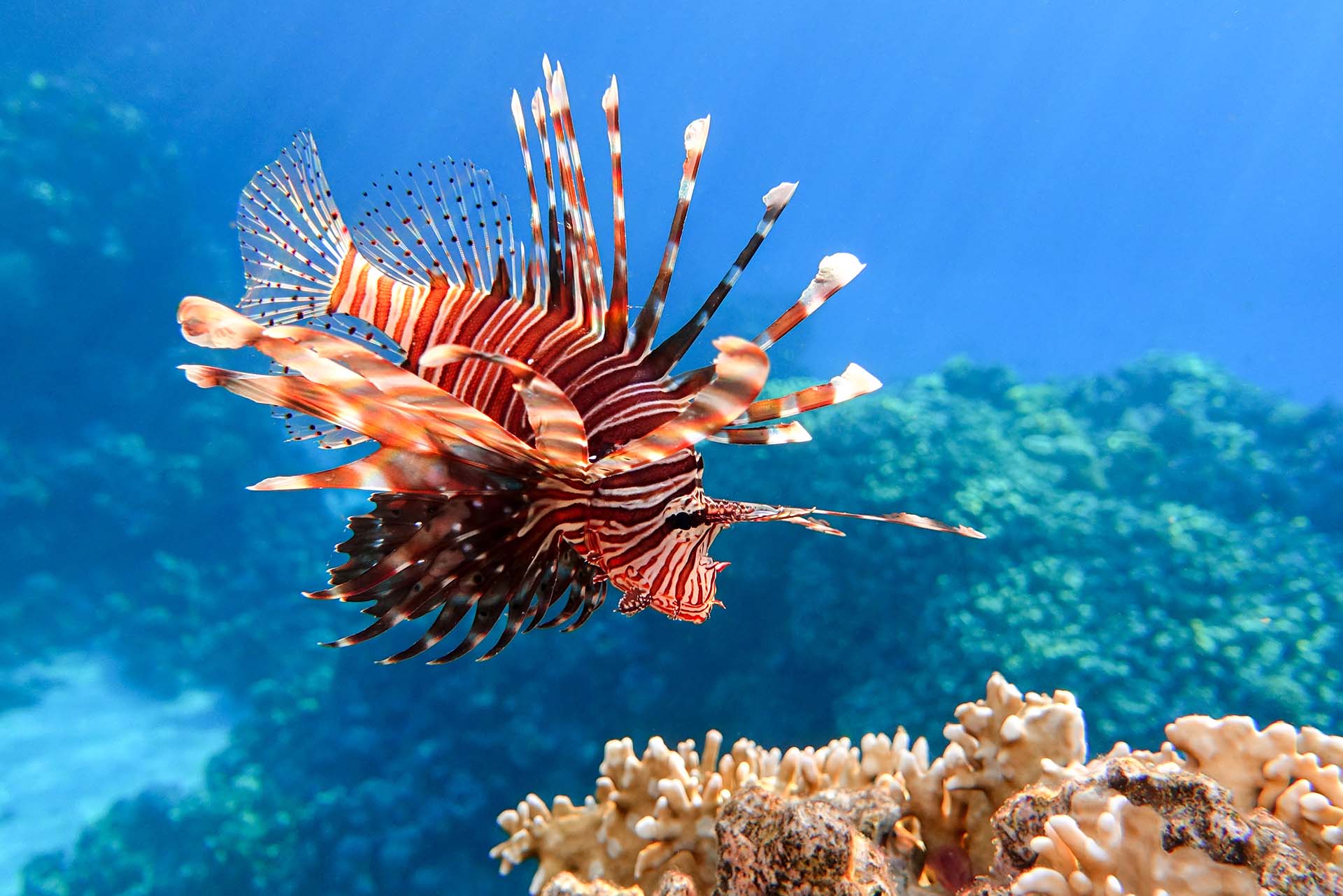
Conservation and Ethical Considerations
In the effort to control the invasive lionfish population, conservation and ethical considerations play a pivotal role. It is essential to balance the need for population control with responsible and sustainable fishing practices.
The Role of Fishermen in Controlling Lionfish Populations
Fishermen, both recreational and professional, are key allies in the battle against lionfish proliferation. Their efforts in removing these predators help restore balance in affected ecosystems. Lionfish consume large quantities of native fish and invertebrates, disrupting local food chains and competing with native species.
By reducing their numbers, fishermen contribute to the preservation of biodiversity and the health of coral reefs. This intervention also aids in the recovery of commercially important fish species, indirectly supporting local economies and livelihoods. It’s a unique scenario where fishing directly benefits ecological conservation.
Ensuring Sustainability and Minimal Impact on Marine Life with Responsible Fishing Practices
While lionfish fishing is beneficial for the environment, it must be conducted responsibly to ensure minimal impact on non-target species and habitats. Fishermen should employ methods that specifically target lionfish, such as using specialized spears or traps, to avoid bycatch of native species. Adherence to local regulations and marine protected areas is crucial.
Additionally, responsible handling and disposal of lionfish, particularly their venomous spines, is essential to prevent injuries and environmental contamination. Educating fishermen about sustainable practices and the ecological significance of lionfish control can foster a more informed and responsible approach to this unique conservation challenge.
Why Is It Important to Fish For Lionfish?
Fishing for lionfish is crucial because they are invasive and threaten local ecosystems by consuming native species without natural predators.
What Equipment Do I Need for Lionfish Fishing?
You’ll need a specialized spear, like a pole spear or Hawaiian sling, and protective gloves to safely catch lionfish.
How Do I Safely Handle a Lionfish?
Handle them with care, using tools to avoid venomous spines, and immediately seek first aid if stung.
What Are the Best Locations for Lionfish Fishing?
Prime locations for lionfish fishing include the Caribbean, the Gulf of Mexico, and the Eastern Atlantic, where their populations are significant.


